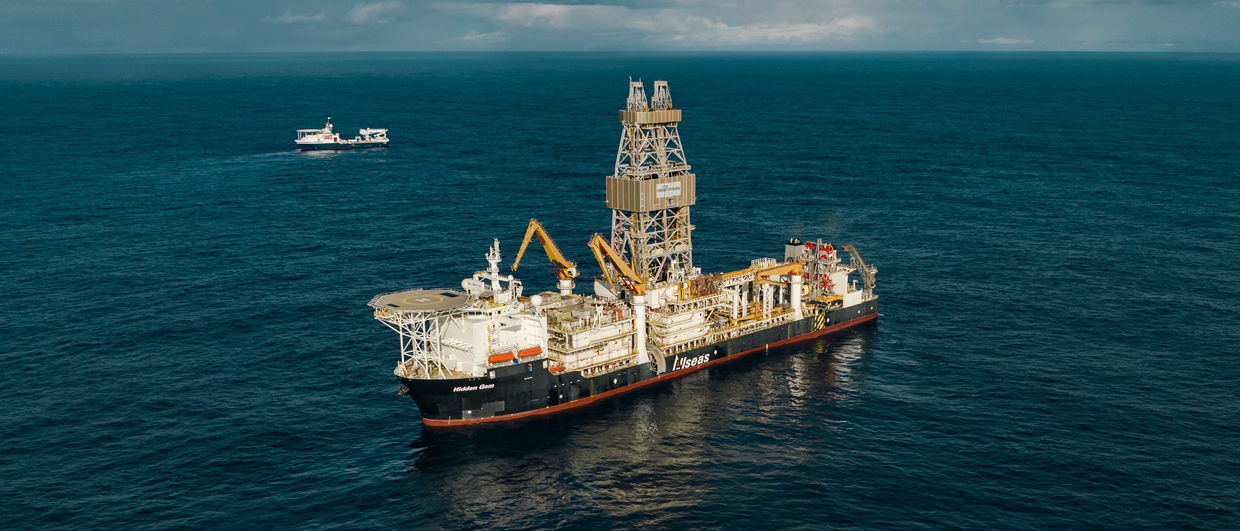When the interviewer asks the CEO of Allseas, Pieter Heerema, how much money the company sunk into converting the former ultra deep-water drill ship Vitoria 10000 into getting the newly named Hidden Gem ready for the nodule harvesting trial that took place in the Clarion Clipperton Zone in 2022, there is a short silence before he says that 100’s of millions were spent.
Earlier in the documentary, the CEO already hints at what the challenges were; working at a depth even a global marine player such as Allseas was not familiar with. The riser that brought the nodules on board, developed by US oil and gas conglomerate Oil States, must have been one of the biggest expenses. And then there is of course the underwater vehicle that was lowered onto the seafloor; from the video footage I had seen so far, it looked quite small, but in the documentary, when people are standing next to it, it seems much bigger. “It’s getting a bit rusty in places,” an Allseas engineer mentions in the documentary.
But where is it currently? “The best place we could find for the vessel was in South Korea,” says Pieter Heerema, “where the costs of having it sitting idle is comparatively affordable.”
The vessel has got a skeleton crew though, and is eagerly anticipating changes in the regulatory regime around harvesting the polymetallic nodules such that operations can start immediately. The International Seabed Agency, the body that oversees the international waters, has however not decided on a way forward, even though there is pressure from countries that want to start operations such as Norway.
Losing patience
“However, maybe some countries may not wait until the ISA agrees on a regulatory framework,” said Gerard Barron from The Metals Company. This is the company that carried out the nodule harvesting trial together with Allseas in 2022. At the end of that day, the organization has no power according to Barron, and one powerful country is not even a member: the US.
And with the recent change in government in de US, the wind may soon start to blow from another direction when it comes to the future of deep-sea mining, and the US government might well decide “to get on with it”, as Gerard Barron said in the documentary.
All in all, this shows how big a bet Allseas have taken in the deep-sea mining sector. Near the end of the documentary, the interviewer asks Pieter Heerema who the biggest player in the field is. The answer is no surprise. This is also manifested in the share ownership of The Metals Company; Allseas itself has got around 20% of the shares. The marine contractor even owns a licence in the Clarion Clipperton Zone called Blue Minerals, sponsored by Jamaica.

